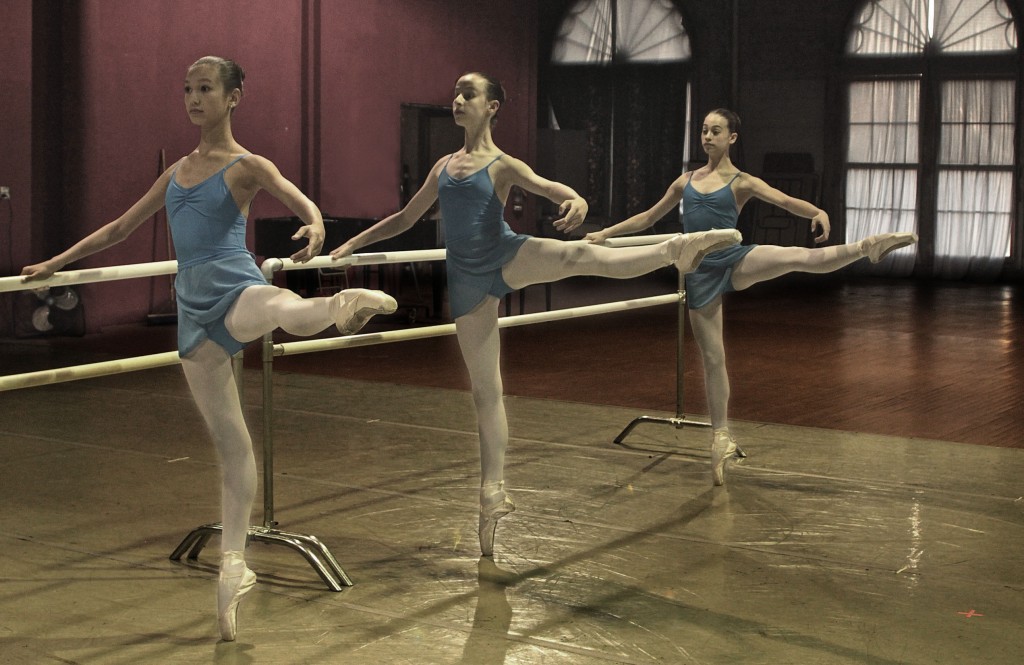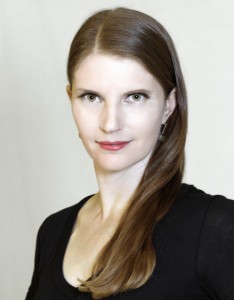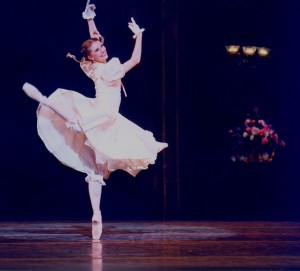
The Summer Intensive. Both exciting and a little frightening, this type of training can really be beneficial to you as a dancer. It can also be a little bit intimidating, offering a new environment, new teachers and students you may not know. For some dance students, it may also be their first time away from home.
Dalia Rawson, Principal at San Jose Ballet School has “been there, done that”. Not only has she attended summer intensives herself, but now she also hosts them at the school. Dalia was kind enough to take the time to offer 4dancers readers 5 great tips for getting the most out of a summer intensive.
Here they are:

1. Do your research.
Be sure to pick a Summer Intensive that offers what you need to get the most out of your summer of training. If you are an advanced dancer, and are looking to find an Intensive that will help you take steps towards a future as a professional dancer, you will likely want to attend a Summer Intensive at a School associated with a professional company. Some Intensives, including Ballet San Jose’s Summer Intensive, offer the chance to work with the associated company’s Artistic Leadership, providing excellent exposure to the people who will ultimately be choosing Trainees, Apprentices, and future dancers in their company.
2. Embrace classes in dance styles outside your comfort zone.
The more uncomfortable you feel in a class, the more important taking that class likely is for you. It can be hard for a bunhead who has never taken a jazz class before to be able to let go and move their pelvis, or for someone who has never tried to improvise to find the freedom to create their own movement vocabulary. But if it feels foreign and uncomfortable, take a deep breath, have a sense of humor about yourself, and give it a try!
The ability to adapt and have an open mind is critical to dancers working with new choreographers, and even if you never professionally end up having to do a musical theatre number, the ability to get over feeling uncomfortable and give it your all is a valuable skill to develop.
3. Give some thought to the challenges of living on your own that you may face for the first time if you are living in a dormitory. [Read more…]








